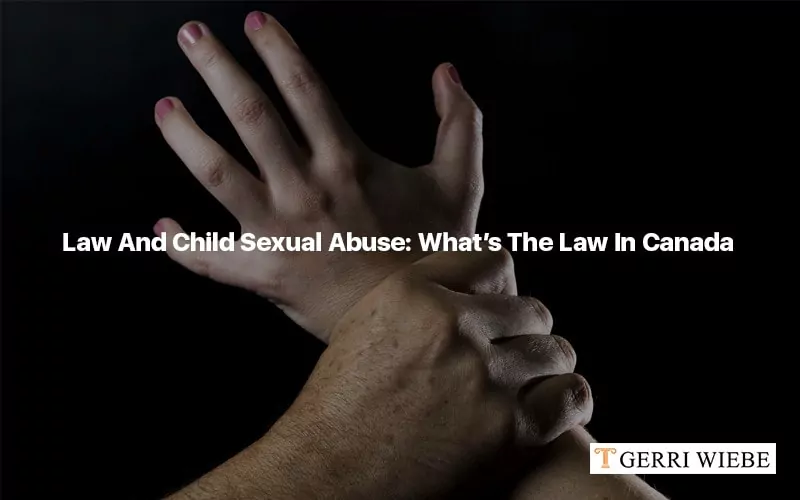In Canada, the different ways in which child sexual abuse and violence is exercised are sanctioned by the criminal code, according to the Ministry of Justice. Such is the case of children’s physical, psychological and sexual assaults, the code includes provisions to protect victims (such as release conditions and restraining orders) and considers these forms of violence as aggravating when sentencing. However, research centers and community organizations criticize this situation. “Women are not taken into account as a population at risk. Nor are factors related to gender dynamics evoked, “says Manon Monastesse, co-president of the Canadian Network of Shelters for Women. Currently, in six provinces and three territories have already adopted local laws on child abuse and domestic violence.
Child Maltreatment Is A Serious Problem In Canada.
Statistics Canada, the state
statistics agency, publishes information on child abuse every five years. From
2009 to 2017, 5% of the Canadians, reported child sexual abuse and assaults. In
2004, it was 7%. Although violence affects men and women, according to this
report, the most serious cases were double the children population. Canada has
stood out in the world for women and children in important issues such as
abortion, educational level and representation in the political sphere.
A report from the Senate of Canada
revealed that the country was doing little at the national level to ensure the
implementation and enforcement of the International Convention on the Rights of
the Child. In addition, these laws vary in different states. Although Canada does not deploy children
under 18 in conflict zones, it allows the recruitment for military training of
boys as young as 16 years old (in these cases parental authorization is necessary).
Discovering Children’s Rights In Canada
The situation of children in Canada
is one of the best in the world. However, not everyone enjoys the same rights
equally. In fact, children who live in rural and remote areas, in addition to
those who belong to indigenous groups, are prone to suffer greater inequality.
These children face, more than anywhere else in Canada, discrimination, poverty
and violence.
Immigrant Children Are Victims Of Serious Acts Of Racism.
Yes, they are harassed, threatened
and sometimes beaten by those who do not accept the difference. However, this
discrimination against indigenous people is recognized. In fact, in 2008, the
government of Canada publicly apologized for the treatment these children have
suffered in the “Residential Schools”. In addition, in recent years
the government has invested 10 billion dollars in programs for indigenous
peoples. Finally, the Canadian government has committed to implement a law on
the education of First Nations. This law, which is still a project, aims to
establish a strong and responsible educational system in reserves for children
Indigenous people can enjoy the same opportunities in terms of access to the
world of work.
Sexual Exploitation
The sexual exploitation of children
is one of the country’s biggest concerns. According to surveys conducted by the
State, in cases of sexual assault reported to the police, 60% of those affected
were children. In the case of physical attacks, children represent 20% of the
victims. As in the countries where the internet has developed, the safety of
children is increasingly affected by sex offenders.
Canada tries to end these abuses,
but the perpetrators of these crimes are difficult to identify and prosecute.
An amendment to the Criminal Code was published in 2012 to eradicate the sexual
exploitation of children. The possession of sexually explicit material of a
child and the use of telecommunications to maintain sexual relations with a
child are now crimes punishable by law.
